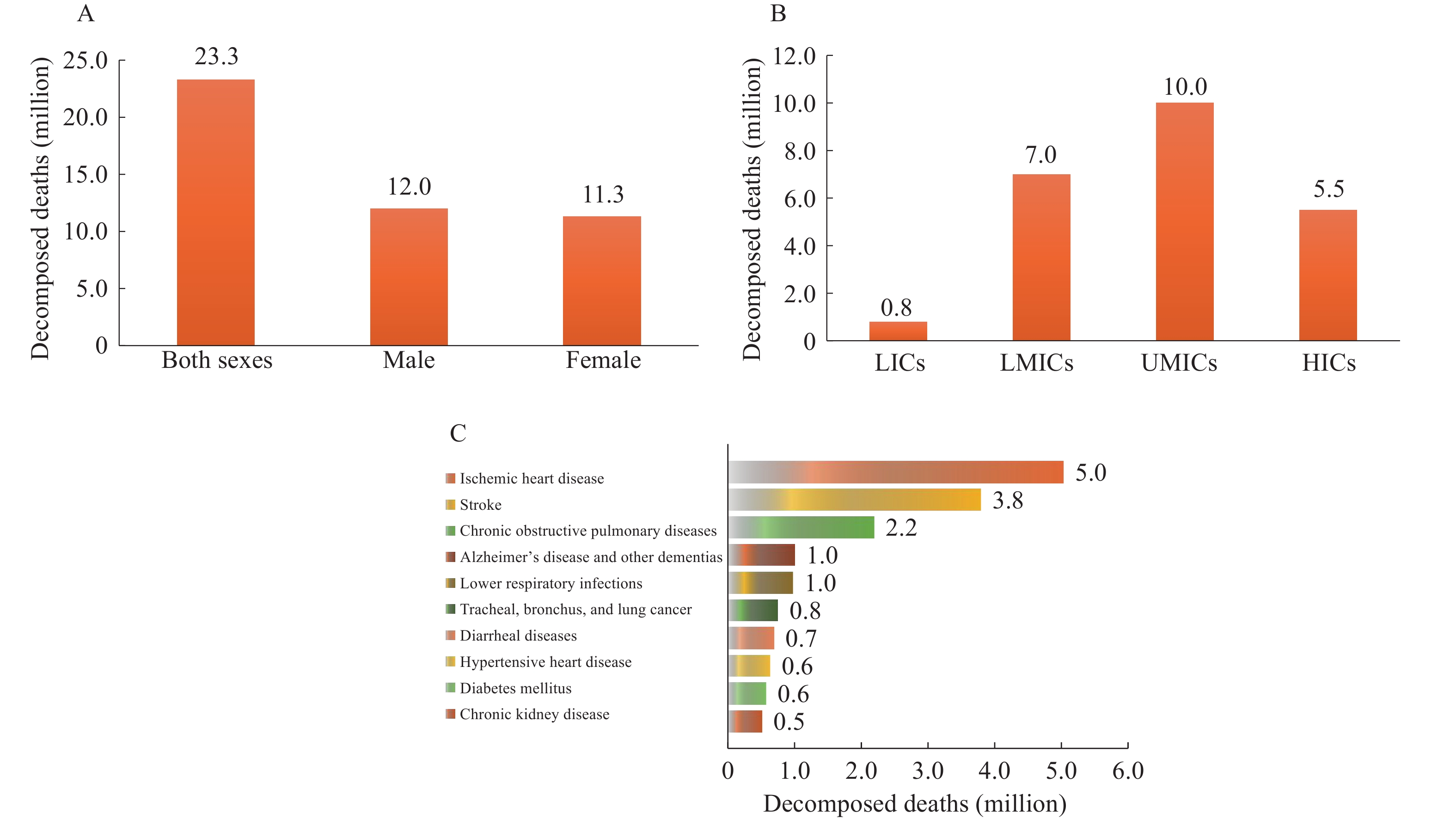2023 Vol. 5, No. 51
There has been a lack of attention to genitourinary diseases for an extended period, resulting in limited research on the mortality trends of genitourinary diseases in China.
This study examines the long-term trend of genitourinary diseases' mortality across Chinese individuals of all genders and in various urban and rural regions. Additionally, it investigates the impact of age-period-cohort effects on this trend.
It is imperative to address genitourinary diseases, particularly among vulnerable populations such as rural older men. Policymakers should prioritize these individuals by providing necessary policy interventions and healthcare support.
Injury is a significant public health issue, particularly among the elderly population. However, the extent of this problem varies significantly based on age, gender, and geographic location.
This study aims to examine the changing patterns of injury mortality rates in China over a 35-year period and assess the age-period-cohort effects on mortality trends.
This study examines the evolving patterns of injury mortality in the elderly population and identifies potential high-risk groups. The findings offer valuable insights for informing injury prevention policies.
China exhibits a significantly high prevalence of myopia compared to other countries globally. Children with vision impairment have been found to engage less in physical activities, achieve lower academic performance, and have increased vulnerability to depression.
During a six-year observational study, a population-level correlation was identified between varying degrees of visual impairment and the presence of depressive symptoms among students. Specifically, individuals with a visual acuity below 4.0 had a significantly higher odds ratio of 1.90 (95% confidence interval: 1.53–2.37) compared to individuals with normal vision (visual acuity ≥5.0).
This study highlights the importance of holistic health interventions that address both visual and psychological aspects. Understanding common mechanisms and influential factors can guide the development of more impactful public health strategies.
Published global and country-specific deaths associated with population aging are based on decomposition methods that have significant limitations.
A new decomposition method was developed and its performance was compared with two frequently used methods. The new method was employed to calculate global deaths associated with population aging between 1990 and 2019, using estimates from the Global Burden of Disease Study 2019 (GBD 2019).
Compared to the two frequently-used existing methods, the new decomposition method generated results that are more consistent with logical expectations. Using the new method, the number of global deaths associated with population aging between 1990 and 2019 was 23.3 million. Upper middle-income countries accounted for 43% of global deaths related to population aging. The most deaths associated with population aging occurred from three types of disease: ischemic heart disease (5.0 million), stroke (3.8 million), and chronic obstructive pulmonary disease (2.2 million). China, India, Japan, the United States of America, and Brazil had the largest number of deaths related to population aging. Loss related to population aging was completely or partially counteracted by the reduction in mortality in 195 of the 200 countries and territories experiencing population aging (97.5%).
The new decomposition method achieves more justifiable results associated with population aging than existing methods. Globally, population aging was associated with a substantial increase of deaths between 1990 and 2019, but it was totally or partially offset by the reduction in mortality in 97.5% of countries and territories.



 Subscribe for E-mail Alerts
Subscribe for E-mail Alerts CCDC Weekly RSS Feed
CCDC Weekly RSS Feed


